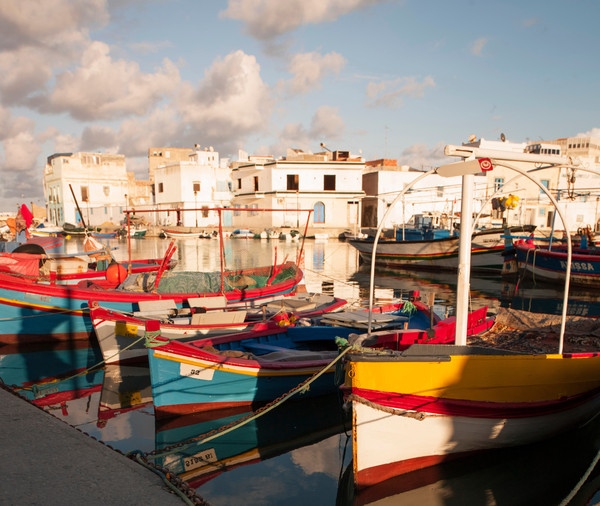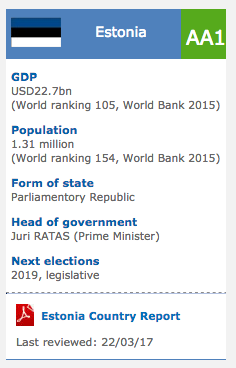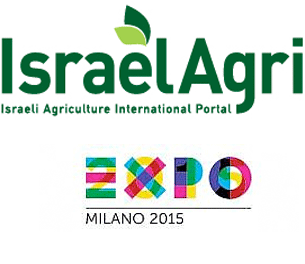Tunisia: Tunisia Art / Culture Profile
2012/04/05

Tunisia Museums: National Bardo museum
Current Bardo museum is the richest one in the world with its collection of Roman mosaics (approximately 90000m²). The collections are presented by department: prehistory, Punic era, roman, Christian, Arab-Moslem woman?
Opened every day except Monday of 9h30 with 16h00 (winter), of 9h with 17h (be), paying entrance.
Carthage National museum
3 libraries devoted to the ancient period. A conference room. A restoration and maintenance of object laboratory. A deposit of the archaeological material of the international excavation campaign. An edition of an annual news bulletin (CEDAC).
In addition to the museum and its environment close including to the Punic and roman vestiges released and emphasized, the archaeological park of carthage includes, with the hill of Birsa, certain monuments or sets worth visiting: the Magon district, port Punic, the tophet-sanc-tuary of Tanit and Baal Hammon, thermal baths of Antonym, roman villas of Odeon, the amphitheatre, the museum pale Chrétien, cisterns of Malaga, the basilica of Damous Karita and that of saint Cyprian, the building with columns.
Ceramic museum
Mausoleum of sidi kacem jellizi, located at the crossroads of Bab sidi kacem and the boulevard 9 avril. It is an homage to this saint man, whose history reports that he was a manufacturer of ceramics squares from where its name, that this mausoleum was built in the XVth century. Built on the high part of the medina, the sight extends beyond Sejoumi and other side includes all the panorama of Tunis and the city.
Since 1981, this building shelters an old ceramics collection and presents, in addition to the harmony of the restored building, a epigraphic collection of old funerary steles.
Opened every day from 8h to 18h, except Monday and bank holidays, free entry.
Museum of medina
Zitouna mosque: historical monument of first importance, located at the heart of medina, merges with the birth of town of Tunis into 698. Opened every day except Friday from 8h to 12h (winter), from 8h to 13h (be), paying entrance.
Museum of the currency, rue de la monnaie, in the hall of the central bank.
Collection of old and modern pieces. Open from 8h to 12h and from 14h to 17h30, free entry.
Memorial of martyrs of sejoumi
Created on April 9, 1982, the memorial is equipped with a audio-visual system for film projection recalling the fight of national release. Open from 9h to 16h, free entry.
Museum of traditional inheritance
By tourbet el bey or the souk of the Dyers. Inaugurated in 1978, the museum is located in the full centre of the old rich district of the medina in this vast bourgeois residence of the XVIIIth century. Dar Ben Abdullah presents the architecture and the typical organisation of this type of dwelling. A varied collection of domestic objects, costumes, jewels, and old furniture is exposed in reconstituted decorations. A room is reserved for the horse and the rider.
Open every day from 9h30 to 16h30, except Sunday, paying entrance, free Friday.
Postal museum
Rue Gamel Abdelnasser. Stamp collection issued by Tunisia and old transmission apparatus. Open from 8h30 to 12h30 and from 14h30 to 17h30, free entry.
Oceanographic museum
Punic port Salammb?. Open every day from 14h30 to 17h30 except Monday and feast days; paying entrance.
Sidi Zitouni popular art and traditions museum
Created in 1968, this museum installed in the mausoleum of sidi zitouni, outside Houmt Souk, presents collections of formal Jewish and Moslem dresses and of well-presented jewels, a reconstitution of workshop of potter, a provision room with its utensils and old furniture.
Open every day except Friday, from9h30 to 16h30, and paying entrance.
- Tunisia News
-
- TUNISIA: Roman "underwater ruins" discovered in Tunisia
- AFGHANISTAN: UNWTO: International tourism – strongest half-year results since 2010
- BOTSWANA: Why governments need to support the financial sector to meet the unserved needs of smallholder farmers
- BOTSWANA: International Arrivals To Africa Reach More Than 18 Million In 2017
- TUNISIA: Roman ruins discovered underwater off Tunisia
- BOTSWANA: Africa: USA-Africa - No Policy? Bad Policy? or Both?
- Trending Articles
-
- CHINA: China welcomes Guinea to take part in Belt and Road Initiative
- CAMEROON: Poor End of Year Results for Cameroon Students
- CHINA: Chinese-supported infrastructure projects change Zambia's landscape
- UGANDA: Ugandan Govt Starts Verifying International Academy Teachers
- AUSTRALIA: Queensland Bauxite Gains State Approval of Mineral Development Work Program
- UNITED STATES: Spotify, Hulu target students with discounted bundle




.gif?1356023993)





